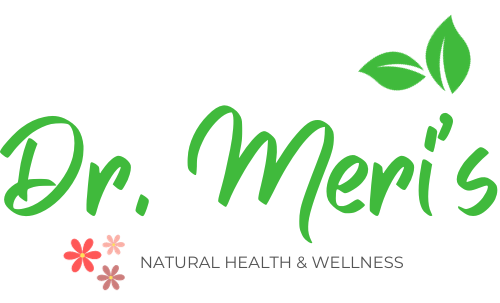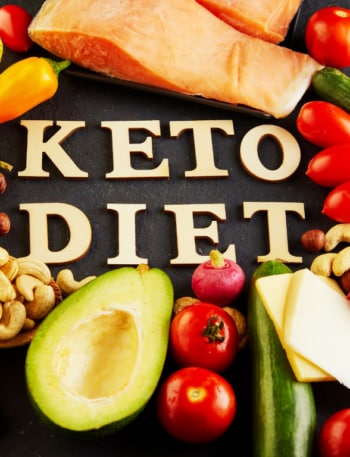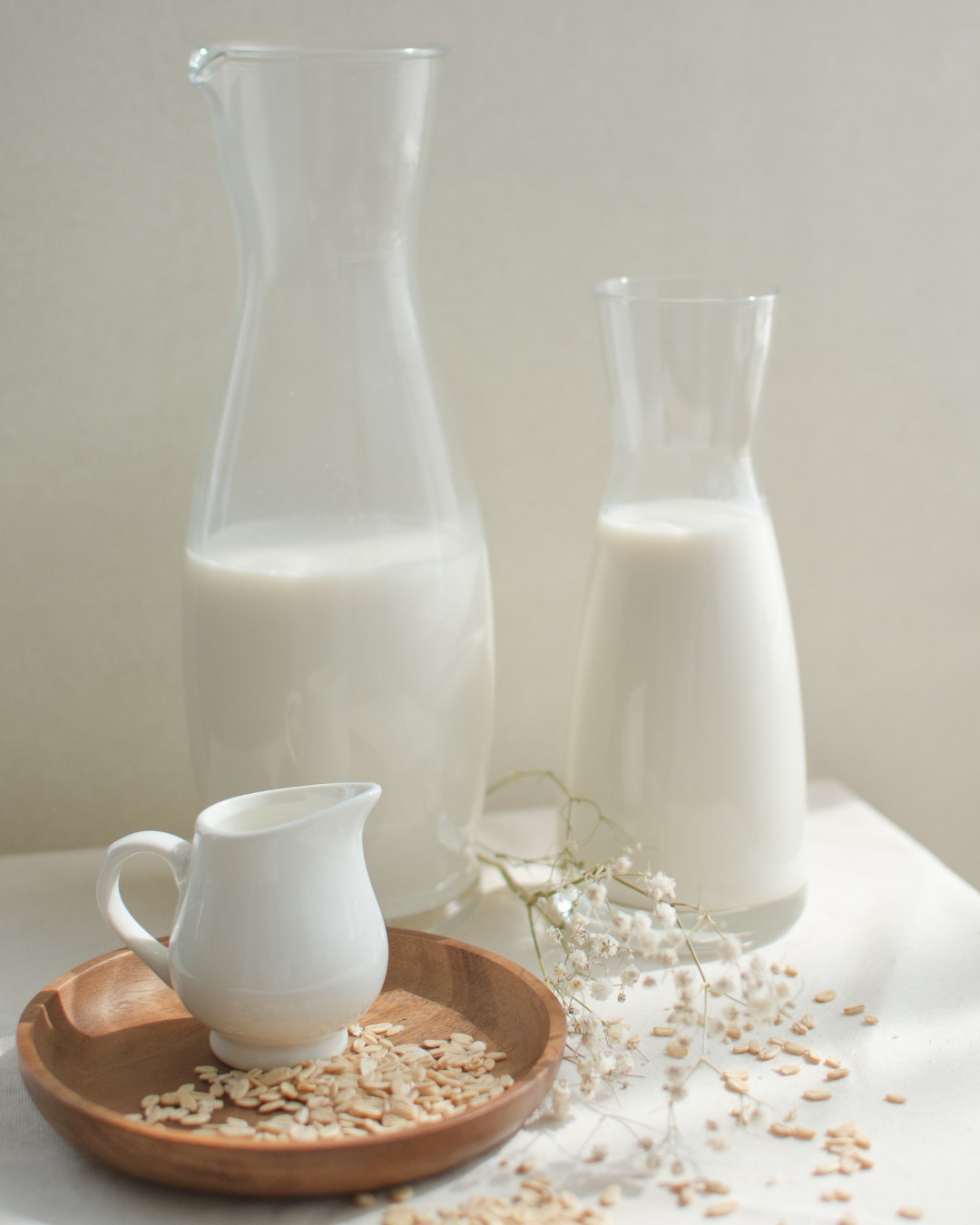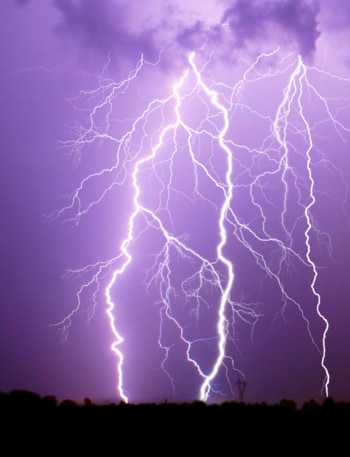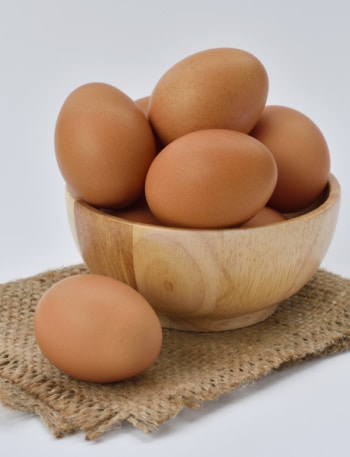Snow evokes nostalgia and fun for many, usually reminding one of snowball fights, snow angels, and even having a handful of fresh snow. But is it safe to eat snow? How about consuming melted snow? Is it dangerous? Let’s explore the science behind this frosty treat!
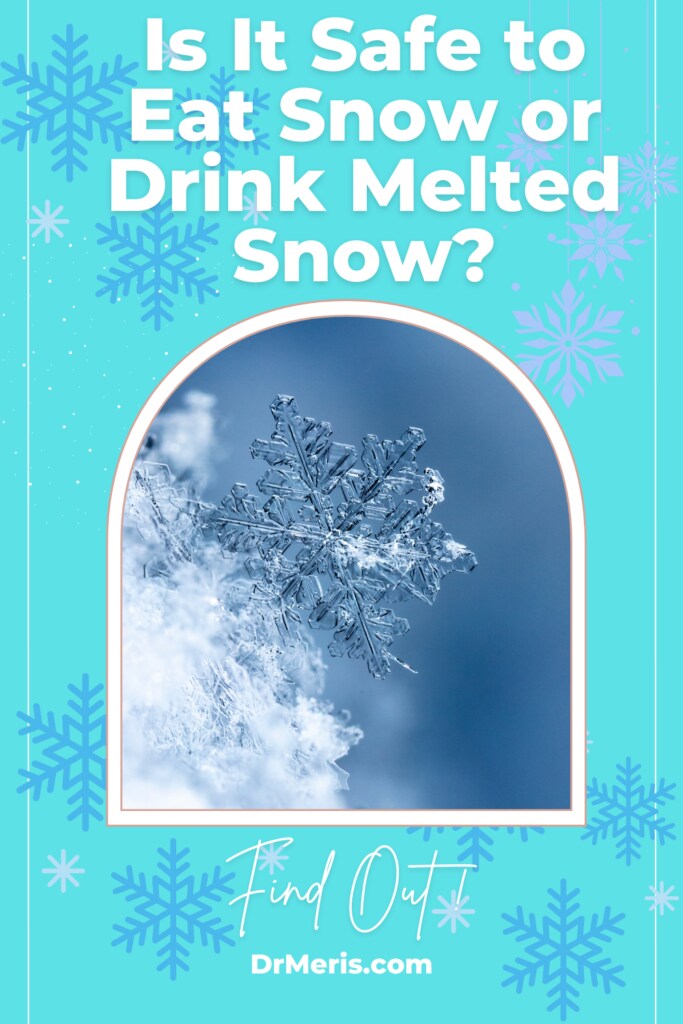
More Similar Articles:
- Is It Safe to Shower During a Thunderstorm?
- Is it Safe to Eat Raw Eggs?
- Is it Safe to Eat Sprouted Potatoes?
- Is it Safe to Reheat Spinach?
- Raw Vs. Pasteurized Milk: Risks and Benefits
1. What Is Snow Made Of?
Snow is formed when water vapor in the atmosphere condenses and freezes into ice crystals. This fluffy form is what we experience during winter storms. Snow is regarded as frozen water, meaning it should be as pure as the water from which it originates-but environmental factors affect purity.
The water vapor rises from thin film bodies of water like lakes, oceans, or rivers and is cooled and condensed as it rises higher and higher into the atmosphere. The colder the air, the more likely this water vapor freezes into small, very thin, hexagonal ice crystals, which grow into larger snowflakes as they attract more water molecules. Hence, no two snowflakes will ever be alike!
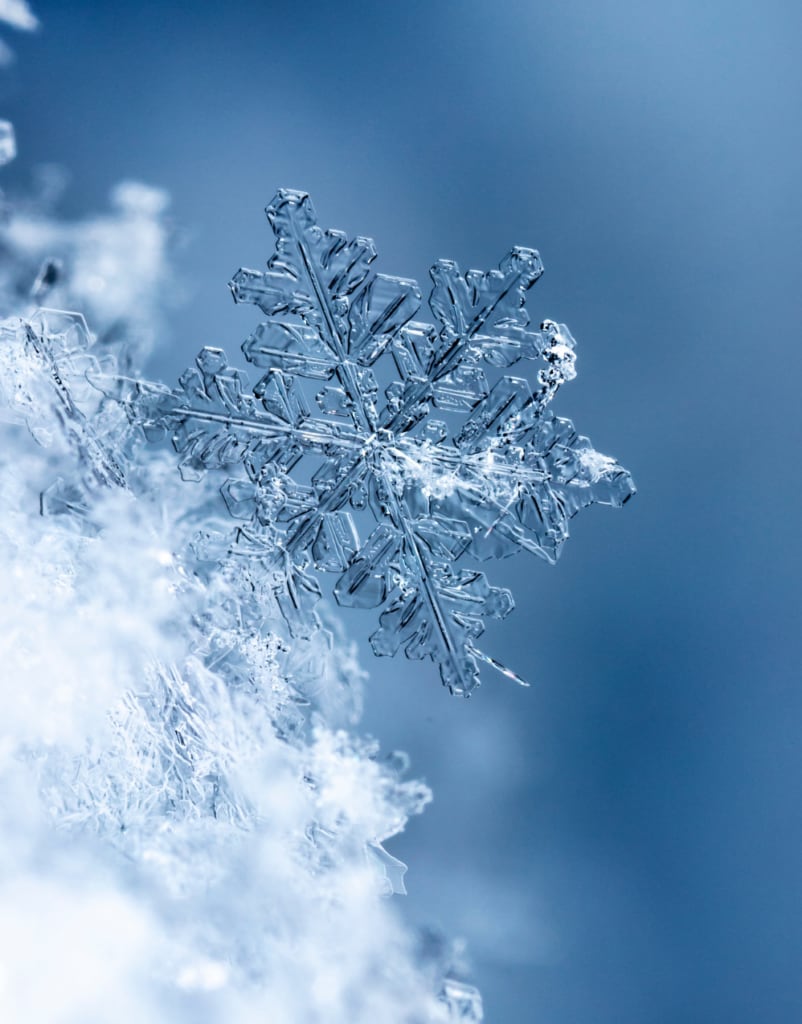
2. The Purity of Snow: Myth vs. Reality
Snow has a glistening and crisp appearance, yet its cleanliness depends primarily on the air quality of the place where it forms and falls. When a snowflake forms and falls through the atmosphere, it traps many airborne particles, including pollutants, bacteria, and microscopic debris. Research shows that snow acts as an atmospheric “scrubber” in collecting automobile exhaust, industrial, and even pesticide contaminants [1][2].
Hence, snow from rural or mountainous areas is clearer and cleaner than that from cities or industrial zones. In most cases, the falling snow in cities and highly trafficked areas tends to absorb pollutants like soot, exhaust fumes, and particulate matters making it unsafe for use.
3. Health Risks of Eating Snow

Eating snow is not really harmful; it can only be dangerous from the environmental contaminations it is subjected to:
- In Urban Areas: Snows in cities or near industrial zones are likely to have more pollutants, namely soot and heavy metals and other particulates. Thus consuming such snow can lead to ingestion of harmful substances [2].
- Bacteria and Pathogens: It has been seen that snow contains microbes mostly when it is on the ground for a long time, although they grow less during cold temperatures [3]. Snow exposed for some time could be harboring harmful bacteria like E. coli or Salmonella, especially when it is in proximity to areas soiled by garbage or animal waste.
- Chemical Contaminants: The snow that falls along highways may also absorb harmful chemicals such as antifreeze, salts, or de-icing agents, which can cause health risks if swallowed [4]. Although intoxicated in high amounts, they are very effective in making roads safe during winter.
4. When Is It Safe to Eat Snow?
Eating snow is safer on certain conditions :
New Snow: Collecting snow when it is falling or immediately after it reduces chances of contamination. Fresh snow is less likely to have pollutants or harmful substances, so it is the safest kind to eat.
Remote Areas: In general, snow collected in the country or wilderness area will be less exposed to urban or industrial pollution. Right while hiking or being out in nature, snow here is more likely to be clean and free from harmful chemicals or bacteria.
Avoid Yellow or Other Colors of Snow: Commonly speaking, colored snow is contaminated and unsafe for consumption. For example, yellow snow can be discolored because of animal urine or other contaminants, thus it is better to keep away from it.
5. Hydration and Nutrition: Can Snow Be a Substitute for Water?
In survival situations, if you are thirsty, it is best to melt the snow and then have it as it provides you with a more reliable water source and decreases the chances of consuming harmful contaminants. Snow must not be relied upon for sourcing your bodily hydration as it lacks essential nutrients and offers less than that of fluids such as water or soup.
6. The Fun Factor: Is Eating Snow Worth It?
For the vast majority of people, consuming a little bit of freshly fallen clean snow does no harm, and sometimes it can even be rather pleasurable. After all, it is just another activity for enjoying nature, and children or people engaged in outdoor winter activities certainly love that. There should be some awareness about where and how you actually collect snow so as to avoid health-related risks.
While dining on snow as a light snack during sledding or skiing may be refreshing, consuming it should never be looked at as a source of hydration, especially in extreme cases where the effect on body temperature might come into play.
7. Fun Snow Facts
Let me tell you about some fun facts about snow that you may not know!
- No two snowflakes are identical: The science behind this myth is that while similar snowflakes can appear, each has a unique structural develop from the conditions around it during the formation of each snowflake. The shape of snowflakes varies with some going from simple hexagonal plates to very complicated branching shapes.
- Snow Keeps You Warm: Snow is mostly made up of trapped air, about 90 to 95 percent, which makes it a great insulator. That’s why some animals dig into the snow during winter to hibernate. It’s also why you see igloos in super cold places; they trap body heat and can actually be 100 degrees warmer inside than outside.
- Fresh Snow is Super Quiet: Ever notice how quiet it gets after it snows? That’s because fresh snow absorbs sound waves, which makes it seem calmer. But when the snow melts and refreezes, the new ice layer reflects sound waves, so noises can travel really far and clear.
- The Largest Snowfalls on Record: Mount Baker, Washington, set a world record for most snowfall in a single season: 1,140 inches of snow fell during 1998-1999!
- Snow Isn’t Really White: Even though snow looks white, it’s actually translucent. The white appearance comes from light bouncing off it, with all the angles of a snowflake scattering the light and mixing up the colors. If you see dark snow, it’s usually because of dirt or pollution on top.
- It is also possible for snow to be yellow or pink: Snow can also be yellow or even red, with all of these resulting from algae, animal waste, or sometimes even pollutants. Freshwater algae can even change snow into bright colors like orange, pink, or blue! Not all such discolored snow is unsafe for avoidance, but precaution is better than cure.

8. Snow and Climate Change
Global warming is now playing its part in influencing how heavy and frequent the snowfalls will be. This is so, because a great number of areas which previously had very heavy snowfalls now receive less or even rain as opposed to snow. Climate-modelling also shows that this is going to affect many regions in the areas they supply with water, which will be the areas relying on snowpacks in the mountains to supply them with fresh water in the warmer months.
But such things will not go that way in some regions; perhaps they will receive little snow, while in other regions, precipitation patterns will be different with increased snowfall. Researchers are studying how these changes will affect both the human as well as the physical environment.
Conclusion
Snow can be a delight and a dose of nostalgia, but there are many things to consider for its safety, such as the location, air quality, and duration of exposure to the environment. However, by being cautious, the reasonable person could minimize risk and enjoy an occasional treat from winter’s harvest without worry.
It is usually harmless for eating small to moderate amounts of relatively clean and fresh snow. You shouldn’t eat: snow from contaminated areas, yellow snow, or snow that’s already on the ground for more than a few hours.
Health and safety are so paramount that if you come across an extreme survival scenario, then melt the snow first to be safer and achieve the desired goal.
References
1. Pizarro J, Vergara PM, Cerda S, Cordero RR, Castillo X, Rowe PM, Casassa G, Carrasco J, Damiani A, Llanillo PJ, Lambert F, Rondanelli R, Huneeus N, Fernandoy F, Alfonso J, Neshyba S. Contaminant emissions as indicators of chemical elements in the snow along a latitudinal gradient in southern Andes. Scientific Reports. 2021 Jul 15;11(1):14530. https://doi.org/10.1038/s41598-021-93895-1
2. Siudek, P., Frankowski, M., & Siepak, J. (2015). Trace element distribution in the snow cover from an urban area in central Poland. Environmental monitoring and assessment, 187(5), 225. https://doi.org/10.1007/s10661-015-4446-1
3. Maccario, L., Carpenter, S. D., Deming, J. W., Vogel, T. M., & Larose, C. (2019). Sources and selection of snow-specific microbial communities in a Greenlandic sea ice snow cover. Scientific reports, 9(1), 2290. https://doi.org/10.1038/s41598-019-38744-y
4. Vijayan, A., Österlund, H., Marsalek, J., & Viklander, M. (2024). Variation in urban snow quality indicated by three seasonal sampling surveys conducted in Luleå (Sweden) within a span of 27 years. Journal of contaminant hydrology, 260, 104286. https://doi.org/10.1016/j.jconhyd.2023.104286
Sign Up for Our Email List
Get our latest articles, healthy recipes, tips, and exclusive deals delivered straight to your inbox with our newsletter.
We won't send you spam. Unsubscribe at any time.
